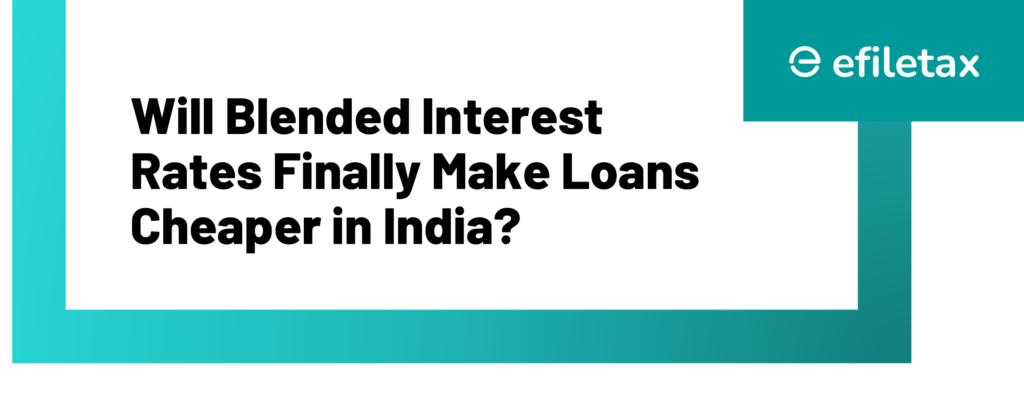
Blended Interest Rates in Co-Lending: A Game-Changer for Borrowers?
The blended interest rates in co-lending framework proposed by the RBI could finally make borrowing more affordable across India. With the draft circular now extending the scope to all asset classes and NBFC-to-NBFC deals, here’s what it really means for borrowers and lenders.
What is Blended Interest Rate in Co-Lending?
- It’s the weighted average of the interest rates charged by the bank and NBFC in a co-lending setup.
- Instead of two separate rates, the borrower gets one blended rate – potentially lower than what an NBFC alone would charge.
- This aligns with RBI’s push for deeper credit penetration without raising credit risk.
RBI’s New Proposal: What’s Changing?
According to the RBI Draft Circular on Co-Lending (April 2025):
- Blended rate is now mandatory for co-lending arrangements across all asset classes.
- NBFC-to-NBFC co-lending deals will now be regulated, not just bank-NBFC partnerships.
- Interest rate caps will apply on the blended rate, not on individual lenders.
🔗 Read official draft from RBI
How Borrowers Stand to Gain
- Lower EMIs: Banks typically have cheaper funds. Blending their rate with NBFC’s brings the final rate down.
- Wider Loan Access: Small businesses, MSMEs, and informal borrowers may benefit from easier access to structured credit.
- Standardised Terms: Brings transparency in loan pricing for co-lending borrowers.
Sample Comparison Table
| Particulars | Traditional NBFC Loan | Co-Lending with Blended Rate |
|---|---|---|
| Interest Rate | 14% – 18% | 10% – 12% |
| Loan Disbursement | NBFC only | Joint (Bank + NBFC) |
| Regulation | Light-touch | Regulated by RBI |
| Cost to Borrower | Higher | Lower |
Blended rate regulation ensures borrowers won’t be exploited by NBFC markups, especially in Tier-2 & Tier-3 cities.”
– Senior Analyst, ICRA
Legal & Regulatory Reference
- RBI Draft Circular on Co-Lending, April 2025
- Earlier framework: RBI Master Directions on Co-lending Model (2020)
- RBI’s Financial Stability Report (Dec 2024) highlights co-lending as a tool for inclusive credit expansion